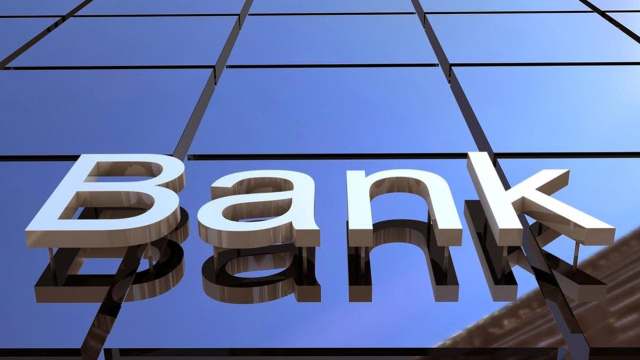…Mergers, investor talks intensify
By Chinwendu Obienyi
The capital shortfall facing Nigerian commercial banks has narrowed to N783.4 billion.
This follows the successful recapitalisation of Stanbic IBTC Holdings, which has deepened investor confidence and sparked renewed speculation about possible mergers and acquisitions ahead of the Central Bank of Nigeria’s (CBN) 2026 deadline.
Daily Sun, on Tuesday, reported that seven banks were racing against time to plug a combined capital shortfall of N964.8 billion.
However, the number has now reduced to six as Stanbic IBTC recently concluded a highly successful N148.7 billion rights issue which was oversubscribed by 21.9 per cent, bringing in N181.4 billion.
Thus, it has reached the N200 billion minimum capital requirement for national banks under the CBN’s recapitalisation directive.
According to the bank’s Acting Chief Executive/Group Financial Officer Dr Kunle Adedeji, the over subscription was down to its shareholders’ interest.
Adedeji said, “After the completion of the verification exercise by the Central Bank of Nigeria and final clearance by the Securities and Exchange Commission, Stanbic IBTC Holdings PLC is announcing the successful close of the N148.7 billion Rights Issue subscription exercise. The turnout and participation of existing shareholders taking up their rights was impressive such that the rights issue was oversubscribed by 21.9 per cent to the tune of N181.4 billion. Our shareholders’ interest shows the confidence they continue to have in the brand”.
In addition to the equity raise, a further N140 billion capital injection from the parent company into the banking subsidiary has positioned Stanbic among the top five banks now fully compliant with the CBN’s capitalisation requirement. The other four are Access Holdings, Zenith Bank, Ecobank, and Lotus Bank.
Hence, the capital deficit now stands at N783.4 billion with the likes of FCMB, Fidelity Bank, GTCO, UBA, Sterling Bank and FirstHoldco now the banks who have yet to reach the apex bank’s directive.
To bridge the gap, several banks are engaging institutional investors, private equity firms, and international partners, while simultaneously exploring rights issues, private placements, and asset restructuring.
According to capital market insiders, merger options are on the table, especially among mid-tier banks with limited headroom for fresh capital injections. While no formal deals have been announced, analysts suggest the industry could witness license downgrades or strategic consolidations in the coming quarters.
In a show of investor traction, GTCO recently secured a $105 million secondary listing on the London Stock Exchange, reflecting growing international interest. Meanwhile, FCMB, Fidelity Bank, and UBA are said to be intensifying negotiations with institutional investors to close their capital gaps.
Head, Research at FSL Securities, Chiazor Victor said, “Stanbic’s oversubscribed raise has reshaped expectations. It is now a race against time, and for some, merger conversations are no longer hypothetical, this time they are strategic”.
He added that investor perception is shifting towards banks with clearly communicated recapitalisation strategies and strong governance frameworks.
Despite lingering shortfalls, the overall health of the Nigerian banking sector remains stable, supported by strong regulatory oversight and improved earnings outlooks.
Market analysts believe the recapitalisation programme will not only strengthen banks’ capacity to lend but also position them better to finance critical infrastructure and support the government’s economic diversification agenda.
Stanbic IBTC’s feat sends a clear signal to investors and peers that with the right strategy, governance, and stakeholder alignment, meeting the apex bank’s recapitalisation target is achievable.
As attention turns to the remaining six banks, the next 12 to 18 months are expected to define the future structure of Nigeria’s banking landscape.


